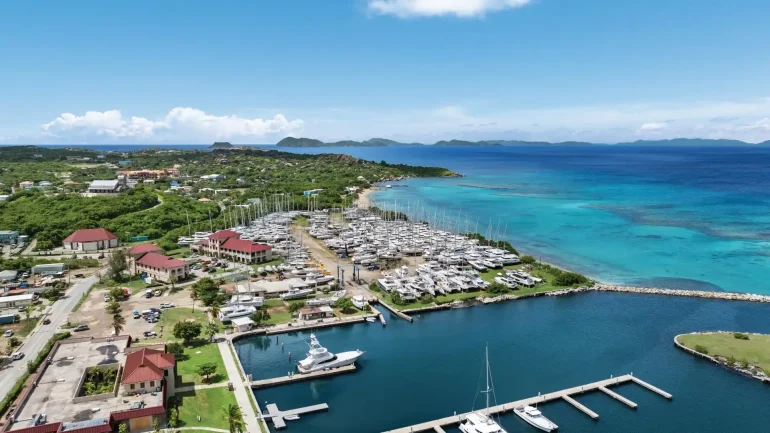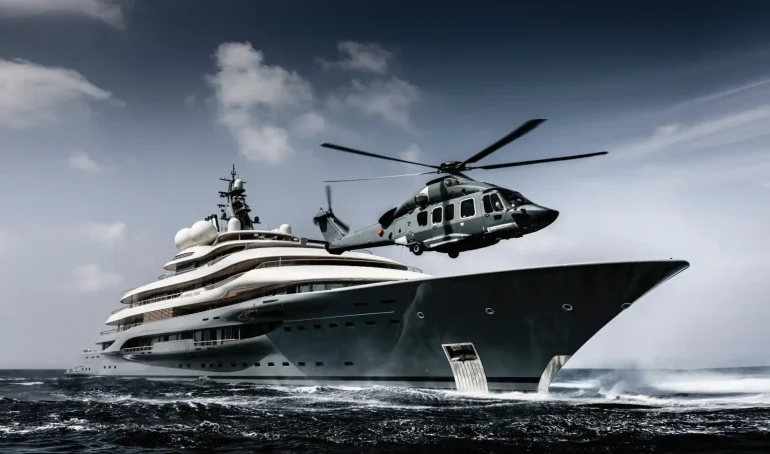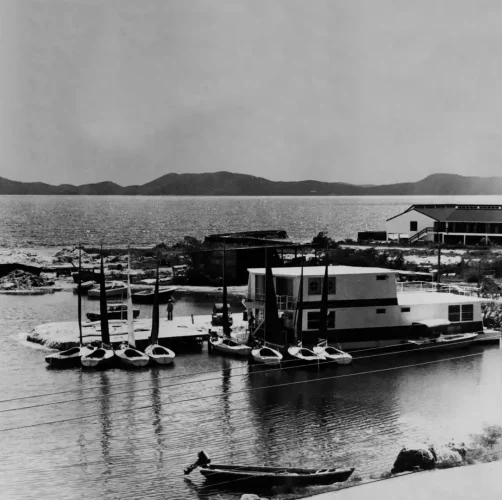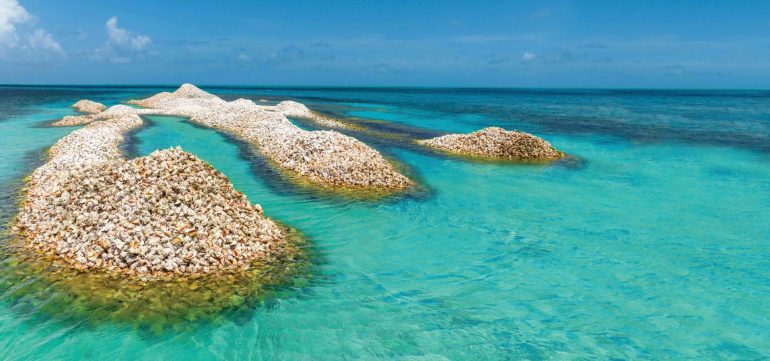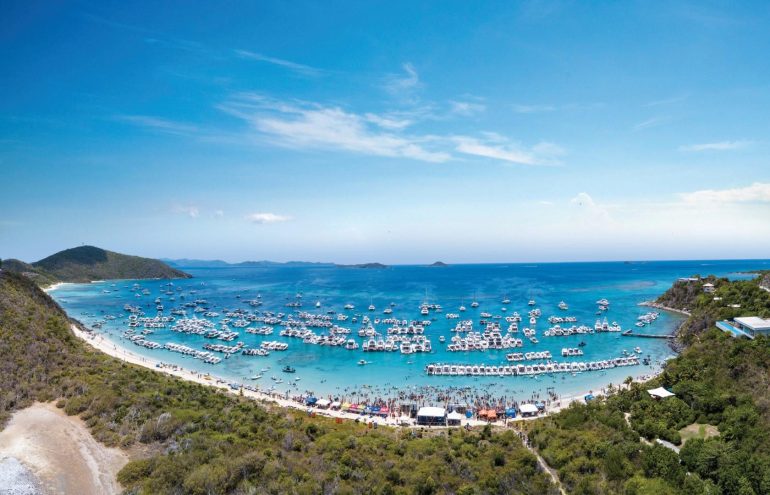Working in the charter trade, as I sometimes do, I have learned a lot about the concerns of bareboat clients. Some show up for their charter equipped with chart books and navigational instruments, asking questions about tidal range and current velocities. Others want to know where to plug in the blender.
Just about everyone, though, expects there to be an unlimited supply of electricity available. The number and variety of electrical toys and tools is almost endless, but about the only thing they all have in common is a need for a regular infusion of electrons. Add the always-on 12-volt refrigeration and boat systems and you’re going to need either a generator, a very long power cord, or a sensible battery charging regimen.
Charter companies have various requirements for charging the electrical system. Most will suggest a dedicated period of running engines at 1200-1500RPM for at least two hours a day. Some say four. Now four hours out of the day is a very long time, but be assured that if that’s the recommendation, it is best to abide by it. Why so long? The short answer is that the boats are often spec’d with inadequately sized alternators or the battery bank is too small to cope with the 24-hour cycle of the charter trade. Anyone who has been on extended charter has probably heard the chirping of the low-voltage alarm telling him to crank up the engine and put some spark back into the system. How can we avoid having the batteries run down so quickly and what’s the best way to charge them?
First, turn everything off that’s not required. Many guests will leave the fans running in their cabin or leave lights on when not being used. Turn them off. Try not to run water pumps endlessly when showering or washing up—you’ll save water, too. Plan your refrigerator loading so you don’t spend unnecessary minutes with the fridge door open. Conservation is the only strategy that will reduce demand yet still provide full access to all systems.
From the supply side, be scrupulous about running the engine as suggested. Bear in mind that on a catamaran you can generally run the engine in neutral while sailing—though this is a practice best not performed in a monohull. Just be careful to monitor engine cooling water. Consider, too, that you don’t need to be aboard the boat all the time the engine is running—if you stop for an hour’s snorkelling you could run the engine while off the boat. If some crew do stay aboard advise them on how to monitor the engine warning lights and what to do if there’s a problem. Generally, though, engines run for hours unattended at the charter bases with no mishaps. I wouldn’t go ashore for dinner leaving an engine running, but I wouldn’t hesitate before heading off to re-provision or to visit a friend’s boat for an hour or so.
All in all, though, it’s a matter of reducing demand. A week spent without watching a movie or checking e-mail can actually be quite refreshing!

